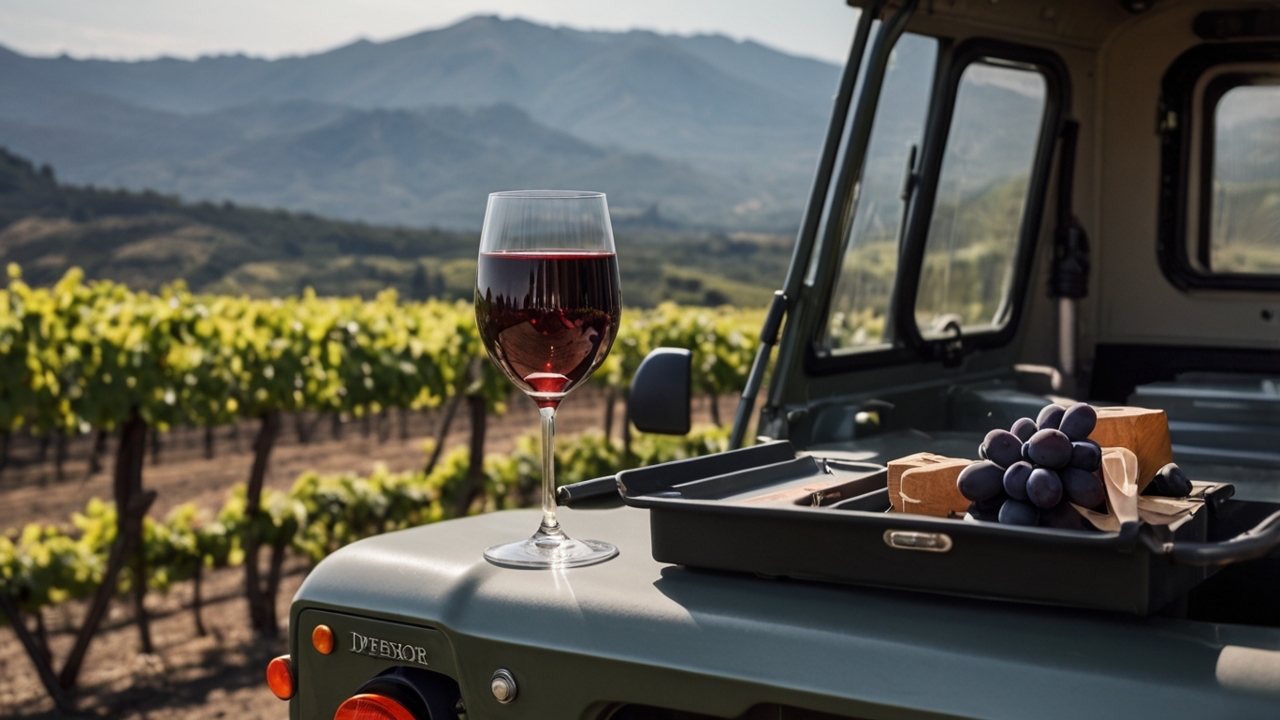
Grape Harvest in Sicily: History, Traditions and Wines to Try
Sicily: A Vineyard Shaped by Time and Fire
Nestled in the sun-soaked heart of the Mediterranean, Sicily is a land where history and nature intertwine like grapevines on a trellis. Known for its dramatic landscapes and volcanic soul, the island offers more than just a feast for the eyes. Its vineyards, nurtured by millennia of tradition and the fiery breath of Mount Etna, tell stories of passion, resilience, and unparalleled flavor.
Ancient Vines and the Arrival of the Greeks
Long before Sicily became synonymous with Nero d’Avola and Marsala, ancient settlers discovered the island’s fertile soils and temperate climate. The Greeks, arriving around 800 BCE, brought with them their winemaking prowess, transforming Sicily into a viticultural haven. Their amphorae still whisper tales of an era when wine was both sustenance and sacrament.
Roman Innovation Meets Sicilian Terroir
The Romans took up the mantle, refining techniques and expanding the island’s wine trade. They recognized Sicily’s volcanic soils as a gift from the gods, perfect for cultivating robust vines. By combining innovation with the island’s natural gifts, they laid the groundwork for a winemaking tradition that thrives to this day.
Timing is Everything: When the Grapes Are Ready
Harvest season in Sicily, known locally as the vendemmia, typically begins in late August and extends into October. The timing hinges on the grape variety, microclimate, and desired wine profile. This period is marked by anticipation and celebration, as farmers scrutinize their vineyards for that precise moment when the grapes reach peak ripeness.
The Festive Atmosphere of Vendemmia
In Sicily, the grape harvest is more than agricultural labor; it’s a communal jubilation. Families, friends, and even travelers come together to pluck the fruits of their labor. Songs, laughter, and the clinking of glasses echo across the vineyards, infusing the air with an infectious sense of camaraderie.
Tradition Over Mechanization
While many wine-producing regions have embraced mechanization, Sicilian vintners often prefer the human touch. Handpicking grapes is not merely a nod to tradition but a way to ensure quality, as gentle handling minimizes bruising and preserves the fruit’s integrity. It’s a labor of love that honors the vineyard and its bounty.
Techniques Passed Down Through Generations
From pruning to picking, Sicilian grape cultivation is steeped in ancestral knowledge. These time-honored techniques, whispered from one generation to the next, are the lifeblood of the island’s winemaking heritage. Each cluster of grapes carries the legacy of those who tended the vines before.
Nero d'Avola: The King of Sicilian Reds
Rich, bold, and unapologetically Sicilian, Nero d’Avola reigns supreme among the island’s red grape varieties. Its deep ruby hue and flavors of ripe cherries, plums, and a whisper of spice make it a quintessential accompaniment to hearty Sicilian dishes.
Carricante and Cataratto: Whites Born of Volcanic Soil
For lovers of white wine, Carricante and Cataratto offer a taste of Sicily’s volcanic terroir. Crisp, mineral-driven, and brimming with notes of citrus and herbs, these whites are a refreshing counterpoint to the island’s robust reds.
Crushing the Grapes: Modern Methods Meet Ancient Practices
Once harvested, the grapes embark on their transformative journey. While modern equipment often replaces wooden presses, many wineries still honor ancient techniques, blending old and new to craft wines of exceptional character. The result? Liquid poetry.
Fermentation: The Soul of Sicilian Wines
Fermentation—a delicate dance between science and artistry—is where the magic happens. Sicilian winemakers embrace this process with reverence, allowing the grapes’ natural yeasts to work their alchemy, imbuing each bottle with a unique sense of place.
The Unique Microclimate of "Mamma Etna"
Mount Etna, affectionately known as “Mamma Etna,” casts a long shadow over Sicilian winemaking. Its ashy soils, fluctuating temperatures, and high altitudes create a microclimate that produces wines of unparalleled complexity. Here, every bottle tells a volcanic tale.
Wines That Emerge From Lava-Soaked Lands
Etna Rosso and Etna Bianco are the region’s stars, crafted from native grapes like Nerello Mascalese and Carricante. These wines are a testament to the resilience of vines and vintners alike, flourishing against the odds on lava-soaked slopes.
Bold Reds and Hearty Dishes
Sicilian reds, with their robust tannins and earthy undertones, pair beautifully with the island’s rich culinary offerings. Think braised lamb, eggplant caponata, or a heaping plate of pasta alla Norma.
Fresh Whites and Seafood Feasts
The island’s whites, meanwhile, shine alongside the bounty of the sea. A glass of Grillo or Inzolia is the perfect companion to grilled swordfish, fresh prawns, or a zesty octopus salad.
Participating in the Vendemmia as a Tourist
For travelers seeking an immersive experience, joining the vendemmia is a must. Many wineries open their vineyards to visitors, offering hands-on harvesting, tastings, and a glimpse into the winemaking process. It’s an unforgettable way to connect with Sicily’s cultural and culinary heritage.
Best Wineries to Visit During Harvest Season
From the rolling hills of Marsala to the volcanic vineyards of Etna, Sicily boasts an array of wineries worth exploring. Cantine Florio, Planeta, and Benanti are just a few that offer exceptional wines and warm hospitality.
Raising a Glass to Sicily: A Legacy of Passion and Flavor
As the sun dips below the horizon, painting the sky with hues as vibrant as the wines in your glass, it’s impossible not to fall under Sicily’s spell. The island’s grape harvest is more than an agricultural rite—it’s a celebration of life, legacy, and the unbreakable bond between land and people.
